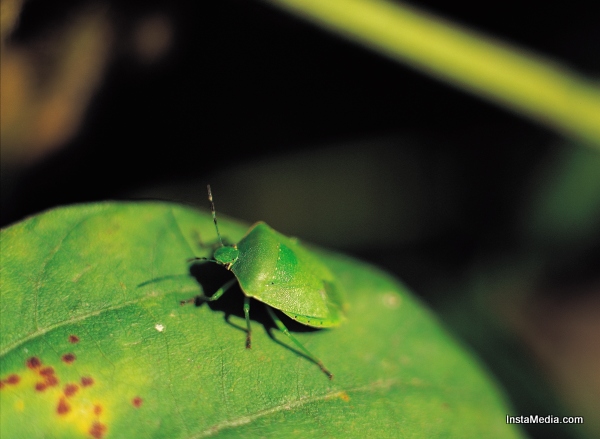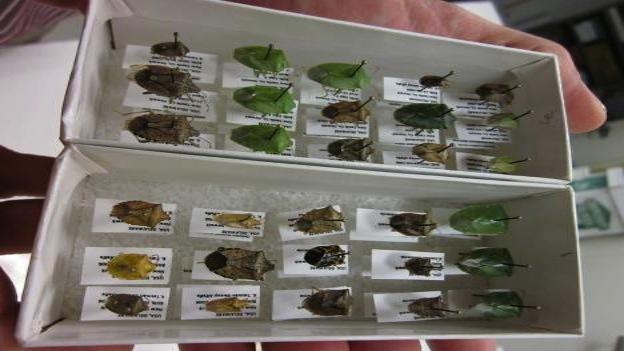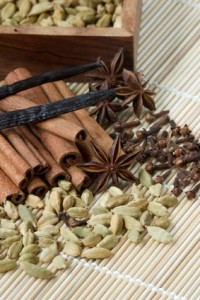Stinkbugs have become a frequent sight and perhaps even a frequent occurrence in the U.S, where the weather conditions are perfect and conducive for them to thrive in. Stinkbugs multiply and increase by thousands, so pretty soon the area gets infested with these critters in no time at all.
Stinkbugs are not native to America, so where did they come from? The answer is that they had perhaps come in from Asia through cargo and then started to flourish by devouring acres of the local farms. A few years down the line, this small stinkbug ‘imported’ from Asia during the 90s through some shipments and since then it has actually become menace and has been playing havoc with the crops of the farmers by devouring them incessantly. The town of Allenton in Pennsylvania was the first to get effective by the Asian stinkbugs. The name stinkbug comes from the repulsive smell that they release once they are crushed. These critters retreat to warm weather during the harsh winters and hence the warm and cozy American homes are perfect for them to retreat inside during the terrible winters and that is the time when they are dormant.
2013 is being assumed as a very critical year for the US farmers as the population of these pests is bound to rise as they flourish both indoors and outside and the mid-Atlantic area is to see a 60% rise in stinkbugs this year. Once winters leave their trace and the weather become warmer, these stinkbugs would head outwards for food and mating. Most of the North American crops ranging from peppers to peaches is devoured by these critters and nothing is spared.
There is a lot of advanced surveillance equipment that monitors the pattern of stinkbugs and how they are spreading to detect some kind of relationship and preventive action. There are two main reasons that make the stinkbug a dreaded intruder: firstly, its appetite is insatiable for vegetables and fruits. It has a particular liking for grapes, tomatoes, soybeans, peppers, apples and peaches and has caused damages to the tune o $37 million in the year 2010 alone.
Secondly, the Asian stinkbug has a limited number of predators and because of the exponential growth of the critter population, the predators are not able to balance the food chain and check the population boom of the Asian stinkbug.
A lot of farmers have taken to chemical treatments to get rid of stinkbugs. However, this solution is not feasible owing to the health risks involved. However a research entomologist, Hoelmer, has been working on the natural reduction of these critters and has proposed evaluating a different method towards the same. He has stated that there is a Asian parasitic wasp that thrives on marmorated stinkbugs and this is the reason why they are kept under check in the East. If these Trissolcus wasps are introduced then they would be instrumental in keeping the stinkbug population under check and help rid the farmers of this menace. This is a very cost effective method apart from being a possible solution to this problem. However, the only problem is that it might also impact the native American stinkbugs on the flip side.
There is a huge initiative going on about quashing the Asian stinkbug population and hopefully effective measure might surface.






